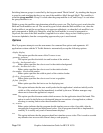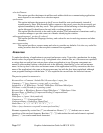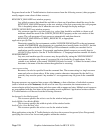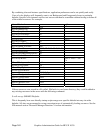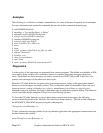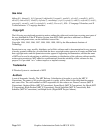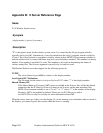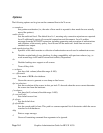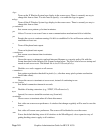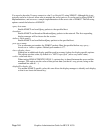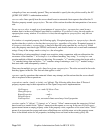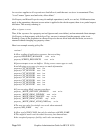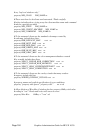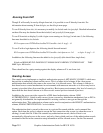Options
The following options can be given on the command line to the X server.
-a <number>
Sets pointer acceleration (i.e., the ratio of how much is reported to how much the user actually
moved the pointer).
-audit <level>
Sets the audit trail level. The default level is 1, meaning only connection rejections are reported.
Level 2 additionally reports all successful connections and disconnects. Level 4 enables
messages from the SECURITY extension, including generation and revocation of authorizations
and violations of the security policy. Level 0 turns off the audit trail. Audit lines are sent as
standard-error output.
-auth <authorization-file>
Specifies a file which contains a collection of authorization records used to authenticate access.
bc
Disables certain kinds of error checking, for bug compatibility with previous releases (e.g., to
work around bugs in R2 and R3 xterms and toolkits). Deprecated.
-bs
Disables backing-store support on all screens.
-c
Turns off key-click.
c <volume>
Sets key-click volume (allowable range: 0-100).
-co <filename>
Sets name of RGB color database.
-core
Causes the server to generate a core dump on fatal errors.
-dpi <resolution>
Sets the resolution of the screen, in dots per inch. To be used when the server cannot determine
the screen size from the hardware.
-f <volume>
Sets beep (bell) volume (allowable range: 0-100).
-fc <cursorFont>
Sets default cursor font.
-fn <font>
Sets the default font.
-fp <fontPath>
Sets the search path for fonts. This path is a comma-separated list of directories which the server
searches for font databases.
-help
Prints a usage message.
-I
Causes all remaining command-line arguments to be ignored.
Graphics Administration Guide for HP-UX 10.20
Page 144



